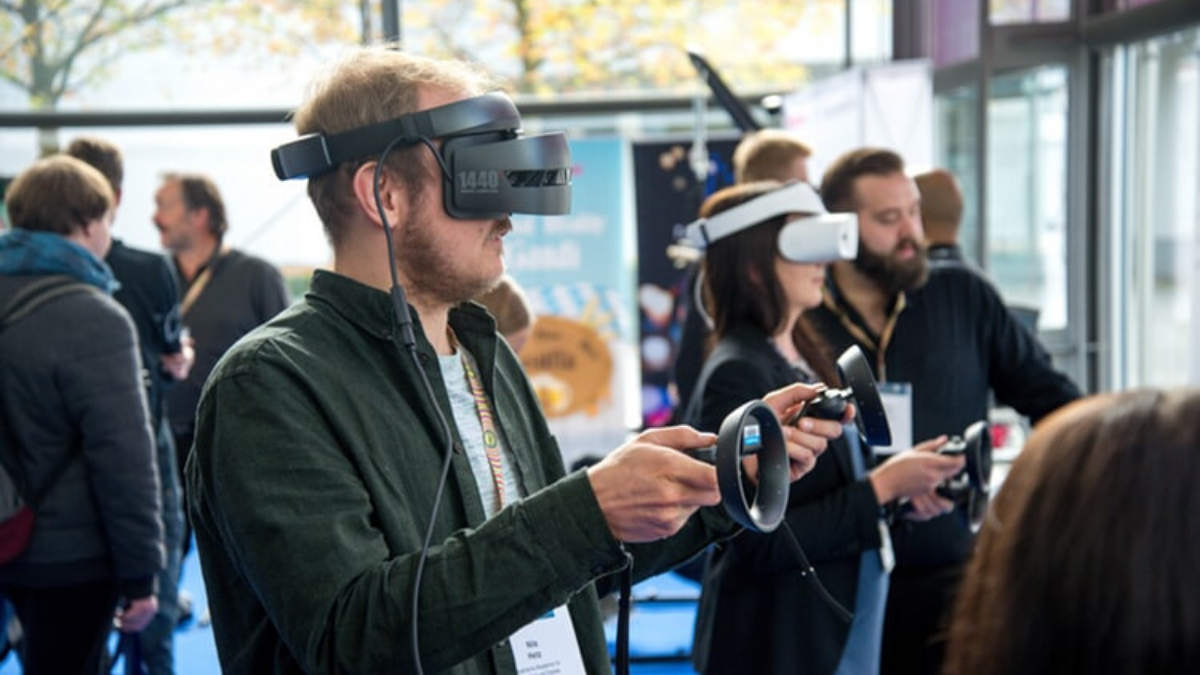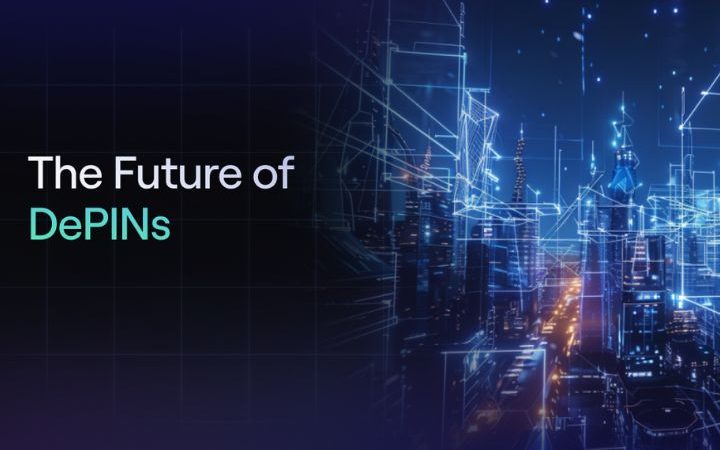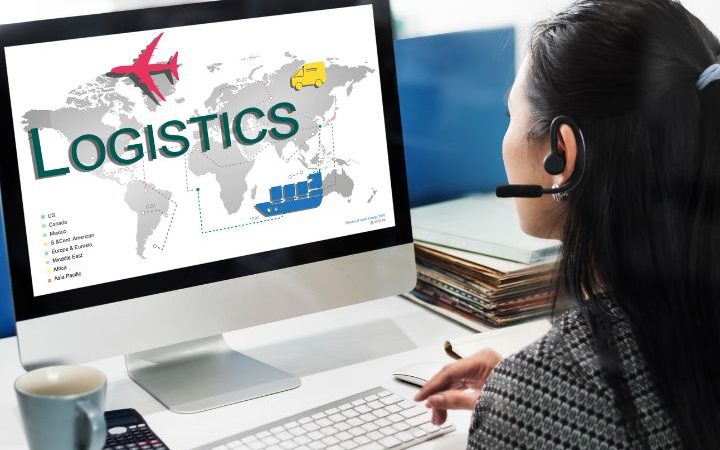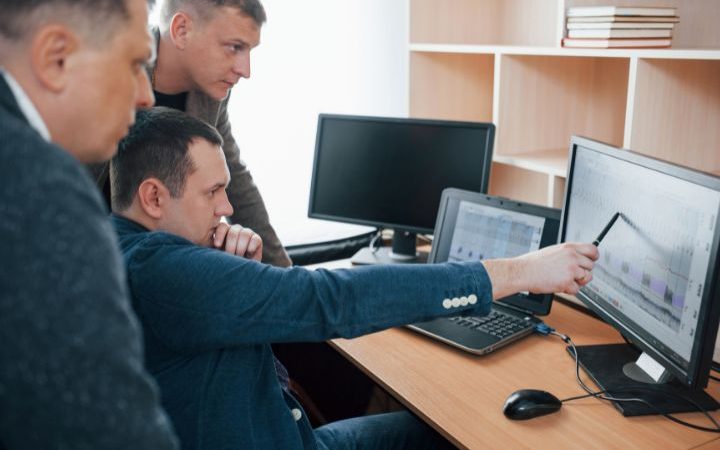Multiexperience: This Will Change The Way We Perceive The Digital World In The 2020s

Immersive technologies, if 2010 gave rise to the evolution of new ways of perceiving the digital world, the 2020s would underpin the idea of multiexperience: for Gartner, in his report 10 strategic technological trends of the decade as early as 2028, the user experience how they consume and interact in digital will have taken a significant turn.
All this, with the consolidation of virtual reality (VR), augmented reality (AR, and mixed reality (MR)), will lead to a future of multisensory and multimodal experiences, something that you will bet on the industries at the beginning of the decade.
“We will pass from literate people in technologies to literate technologies in people,” indicate the specialists of the firm, where the interpretation will become the work of the computer. This will provide more productive means of transmitting detailed information.
Table of Contents
The Computer For The “Environment.”
The term “computer,” for this decade, will become outdated, and we will change it for spaces we inhabit with multisensory and multitouch interfaces. They will connect people through advanced devices, including traditional but also wearable (wearable), cars without a driver, environmental sensors, and consumer appliances.
In addition, all human senses will be used as advanced senses in the interface: heat, humidity, and radar. This would also be called “environmental experience.” The trend mentioned above, however, would be slowly positioned from 2029 onwards, while concerns about security and privacy could delay the course of its adoption.
“We will pass from literate people in technologies to literate technologies in people.”
From A Technical Point Of View
Total integration is hardly anticipated: the long life of many devices, simultaneously with many developers creating elements on their own, will be a barrier to a homogeneous and coordinated advance.
Of course, more and more immersive technologies experiences and conversational platforms for particular scenarios will be produced: they can be experiences aimed at specific devices, but also opportunities for robust and highly concrete situations, such as, for example, an environmental experience in a manufacturing plant or a rescue raid on a burning residence.
Immersive Experiences
Using a variety of techniques such as AR, VR, or MR, and even human-machine interfaces (HMI), such as those proposed by Elon Musk with Neuralink, and sensory technology, the interaction options will be as varied as in life same.
The immersive technologies is distinguished from the other forms of digital experiences by its ability to simulate realistic scenarios and environments that allow the user to interact with virtual people or digital objects, which includes from augmented reality adaptations on the smartphone, such as magic window, to environments of complete immersion in virtual reality.
They will be in the helmets or headsets, or they will begin to complement the visual part other sensory methods: the touch (with haptic answers) and excellent sound. Mixed reality will spread: in it, the user can interact with the digital world but also with real-world objects. As already happens in some medical and military advances, the recognition of gestures, postures, and body tracking will be incorporated.
The challenges with these new technologies will be to identify the needs of potential users: what needs they have, what value this technology gives to their businesses, and where they will use this technology (at home, in the car, at work, or with a client). By 2022, 70% of companies would be experimenting with immersive technologies for the consumer or specific practices, and 25% would already be using it in production.
Three Cases Of Practical Use Of Immersive Technologies
1.Product Design And Visualization:
for designers, it will be easier to design, conceptualize, explore, and evaluate products virtually, without the need for physical prototypes and all their disadvantages and costs. Currently, this is used in real estate and cars, but it can be extrapolated to all products.
2.Training And Simulation:
It will help employees learn and improve their skills. It will enable more flexible and efficient training spaces, such as challenging missions and advanced knowledge tasks. By 2020, 35% of companies will adopt it, compared to the 1% that 2019 did.
3.Field Services And Operations:
Through remote interfaces of AR and MR, workers will be able to improve their efficiency by completing complex tasks, increasing their cognitive ability and wisdom. Jobs where demand is demanded, for example, maintenance and repairs, parts visualization, and guidance. In 2023, two-thirds of large companies will equip their technicians with immersive applications, compared to 1% in 2019.
Also Read : How To Increase Backlinks? The Basis Of Backlinks To Increase Efficiently






